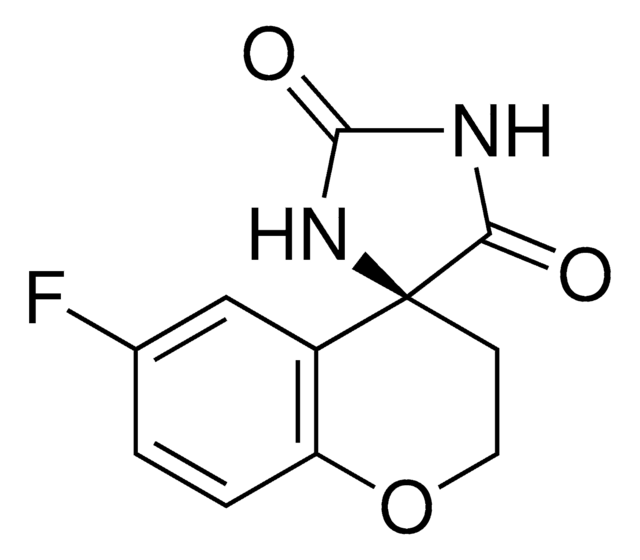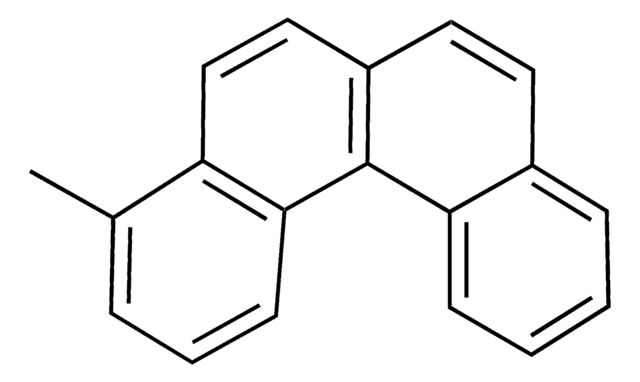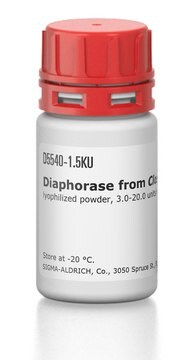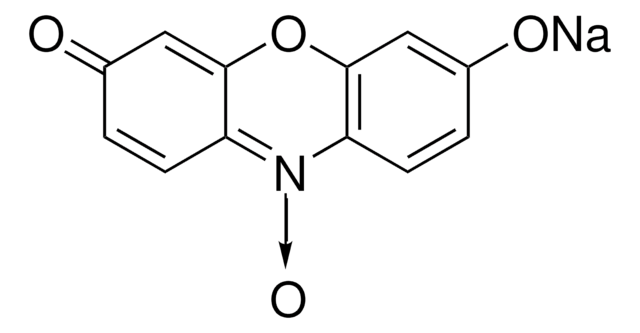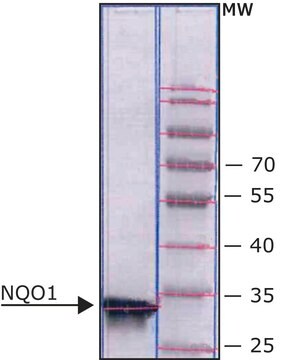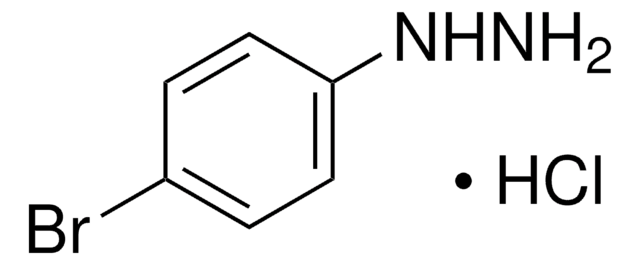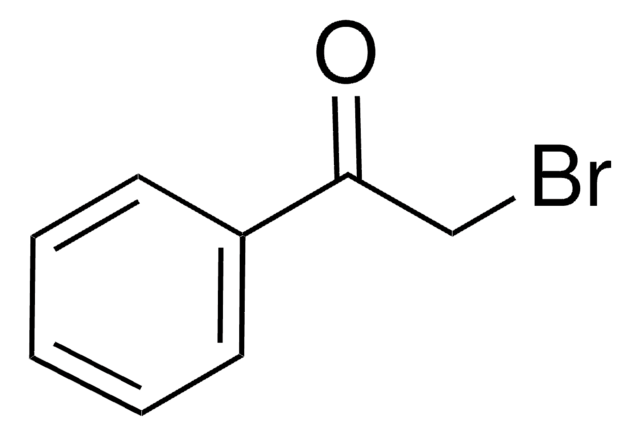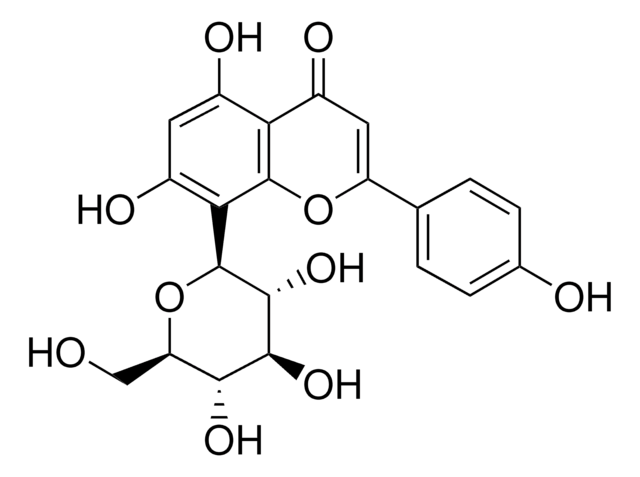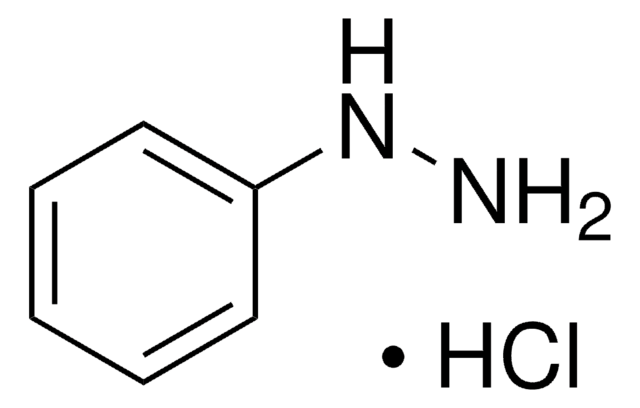SML0527
Epalrestat
≥98% (HPLC)
Sinonimo/i:
(5Z)-5-[(2E)-2-Methyl-3-phenyl-2-propen-1-ylidene]-4-oxo-2-thioxo-3-thiazolidineacetic acid
About This Item
Prodotti consigliati
Livello qualitativo
Saggio
≥98% (HPLC)
Forma fisica
powder
Condizioni di stoccaggio
protect from light
Colore
yellow to orange
Solubilità
DMSO: 5 mg/mL, clear (warmed)
Temperatura di conservazione
−20°C
InChI
1S/C15H13NO3S2/c1-10(7-11-5-3-2-4-6-11)8-12-14(19)16(9-13(17)18)15(20)21-12/h2-8H,9H2,1H3,(H,17,18)/b10-7+,12-8-
CHNUOJQWGUIOLD-NFZZJPOKSA-N
Applicazioni
- in the dahomey larvae diet fed forDrosophila
- for non-irradiated and X-ray irradiated human aldose reductase
- to test its protective effect in mice with bleomycin-induced pulmonary fibrosis
Azioni biochim/fisiol
Caratteristiche e vantaggi
Altre note
Codice della classe di stoccaggio
11 - Combustible Solids
Classe di pericolosità dell'acqua (WGK)
WGK 3
Punto d’infiammabilità (°F)
Not applicable
Punto d’infiammabilità (°C)
Not applicable
Certificati d'analisi (COA)
Cerca il Certificati d'analisi (COA) digitando il numero di lotto/batch corrispondente. I numeri di lotto o di batch sono stampati sull'etichetta dei prodotti dopo la parola ‘Lotto’ o ‘Batch’.
Possiedi già questo prodotto?
I documenti relativi ai prodotti acquistati recentemente sono disponibili nell’Archivio dei documenti.
I clienti hanno visto anche
Il team dei nostri ricercatori vanta grande esperienza in tutte le aree della ricerca quali Life Science, scienza dei materiali, sintesi chimica, cromatografia, discipline analitiche, ecc..
Contatta l'Assistenza Tecnica.
